Weekly Ramblings for June 22nd, 2020
June 22, 2020Hello, everyone, and welcome back after a long, unexpected hiatus!
COVID-19 has really done a number on my mental health and my activities, but I have managed to continuing to get outside to run, and nobody in my family has gotten sick. We’re continuing to largely self-isolate, with only occasional careful trips to the grocery store.
I have kept myself very busy with a combination of practicing Esperanto, trying to build a clock inside of Minecraft (harder than you might think), and building a real computer on a breadboard using real digital circuits.
Esperanto
This continues to be a multi-year-long project, however over the last few weeks I have participated in the Esperanto Version Fingtam Languages 30 Day Record Yourself Challenge. Turns out that this, more than anything else I have done, has helped me with my ability to speak. While I don’t participate every day, I actually have an active youtube channel. At the same time, many other people are participating in the challenge, and I believe I am starting to make friends.
Now that Evildea is also doing a series of direct method videos, I’m now immersing myself in Esperanto for a non-trivial amount of time every day, and I think that helps, too. I once watched a video talking about how language learning is mostly about input, and my biggest problem with Esperanto was the input side. There is very little media in the language and it is quite hard to find, even on Youtube. This challenge also has likely created many more Youtube streamers, which I feel is likely to be a bit self-perpetuating. I’ve been considering starting streams or videos for months, though at first I thought I would be streaming Slay the Spire or Go. However, I never did either of those and instead got myself into Minecraft.
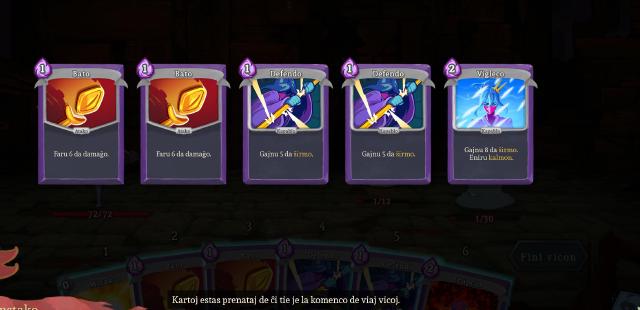
Digital Logic Inside of Minecraft
In the early days of the pandemic, when I was really having trouble adapting to never being able to see my friends, I got a serious urge for a game that would let me just explore and build with little sense of an end of game or a particular goal. Thus, suddenly, I remembered Minecraft from long ago and decided to get back into the game. After a few weeks of playing alone, I set up a server and invited my friends to join. We had a couple of nights of mayham and fun and built out quite a lot of compound, plus I found out from some of the younger players about some higher-level automation that can be done within the game using basic components.
One of the quirks of the game is that on the first night, as we started putting up signs, I would put up signs in both English and Esperanto. In addition to Minecraft having a complete Esperanto translation, it was just fun to put up warning signs and direction signs in more than one language. And then other players started adding their own translations in French and German.
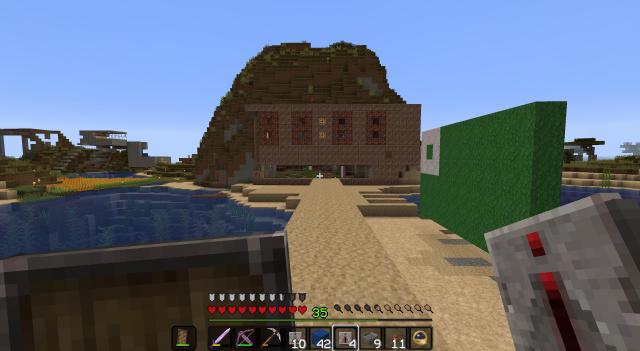
After they fell away, I moved away from the core base and started trying to decide what to build. At first, I thought a treehouse. Then I decided to revisit a long ago idea I had of building a clock that told world time within the game. Some of my inspiration comes from having read Anathem so many times, and I wanted to build a clock at the center of what could become a small compound. Or a large one. Maybe one day I’ll add a library and maybe even start writing things for books in the library, with maybe a little inspiration from certain activists who created an uncensored library in Minecraft.
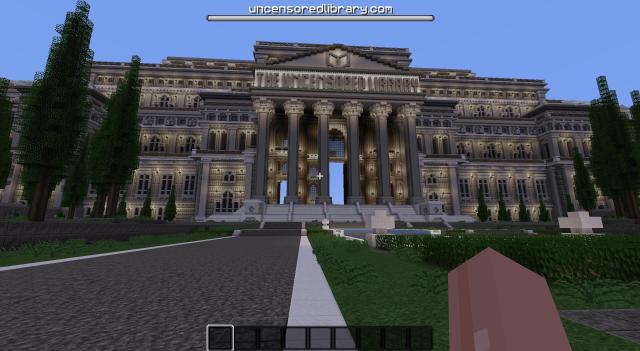
But now, a month later, with many days of work into it, I continue to struggle to actually build the core clock circuit. While it’s easy to build a circuit that generates a rising pulse every second, the storage arrays tend to update much too slowly, plus I cannot figure out a design that will give me a reset line. So many things in the game might make the clock lose synchronization that I want a reset line that will force the entire clock to zero at sunrise.
My limiting factors are a combination of the size of basic logic gates (minimum of 12 cubic blocks for an AND gate, with the need to keep at least one clear block above all torches to avoid signal propogation), the propogation distance of a redstone signal (only 16 blocks), and mounting switching time. We only get 20 redstone ticks per second, and it is really surprising how quickly that can run out.
T flip-flops provide much simpler counter logic (requiring only a single AND gate between each bit) over the D flip-flop counter logic, which appears to require both an AND an an XOR gate between logic gates. At this time, I can build about a six-bit binary counter out of T flip-flops. This is enough for sixty seconds, though I still need to work out the logic for reseting these both at sunrise and at the 60-second mark. Plus, I need to send a signal to the next counter array to tell it to update, and it needs to persist until being read, because otherwise there is the chance that the signal will not last long enough to update the minute counter.
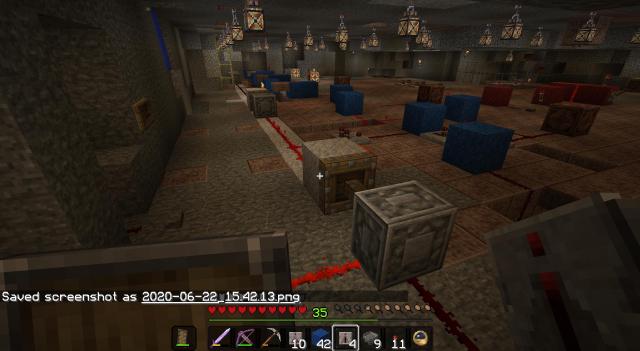
This may well be the hardest part of the whole project, even though I still have to figure out how to route the outputs into a binary decoder array, and then route those decoder outputs into a driver for a seven segment display. I know how to build both of these things, but again, signal propogation distance is really getting in the way, and the arrays themselves end up being really huge, and I need four of them for a four digit display.
This is hard enough that I keep considering giving up, especially given the next section…
Breadboard Computer
A long time ago, one of my friends told me about Ben Eater’s breadboard computer project. I pretty quickly watched the entire thing, but a month ago I finally ordered all of the parts necessary to do this project myself. Real world electronics, though they can be rather destroyed by failure to provide resistors in the right place, shorting lines, or applying current to what was supposed to be a ground line, are very small. The ones that we use in computers are impercetably small. The ones that I use in a breadboard computer are finger sized.
At this point, I have built the clock circuit, the two registers, the ALU, and assembled the memory board. So far, I have been able to understand everything, even the analog clock circuit and debouncers. As the project progresses, things are becoming a bit more abstract, where instead of laying out a bunch of 4-bit D-flip-flop chips to make memory cells, we’re actually just using two 64-bit chips that also accept address lines and do internal demuxing. Put together, I get a whole 16 bites of memory… which I will use for both program instructions and storage.
Elsewhere, we’re going to use an EEPROM to drive a trio of seven-segment displays. In one of his videos, Ben actually shows a basic logic gate layout that accomplishes the same thing, and it actually requires something like six breadboads with a lot of chips, so an EEPROM sounds like a pretty magnificent improvement over that. On the other hand, I think maybe I could do the same thing by building a binary decoder array and then feeding that into the ten lines of a matrix ROM.
This is quite fun, and I have yet to destroy anything. I have already done one video about my breadboard computer, but in Esperanto. I’m considering doing similar explanation videos with basic logic gates, and using this as fodder for additional Esperanto media to maybe inspire other people to learn the language as well!
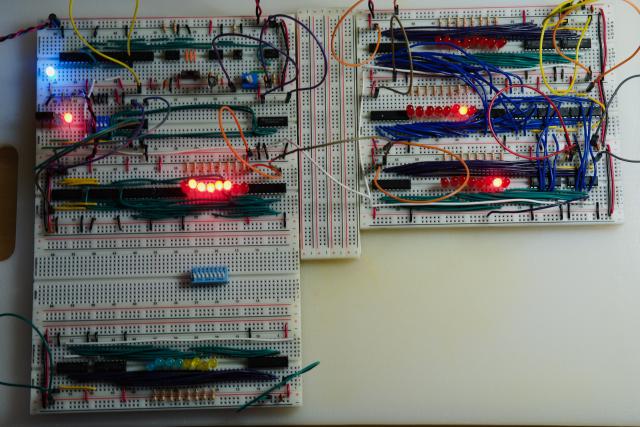
- June, 22, 2020
And that is all for now! I’ll try to make these regularly again, targetting a Monday publication. Later!
